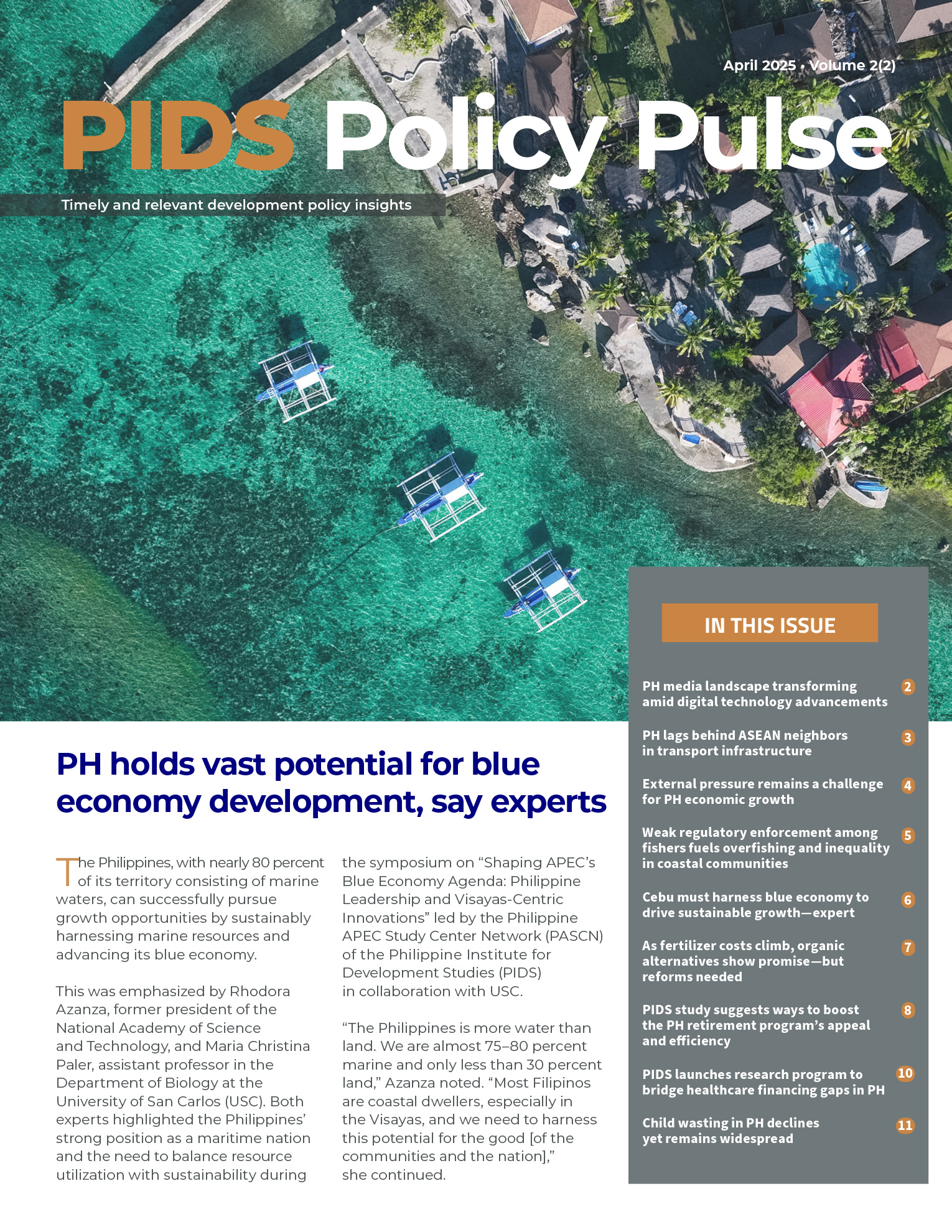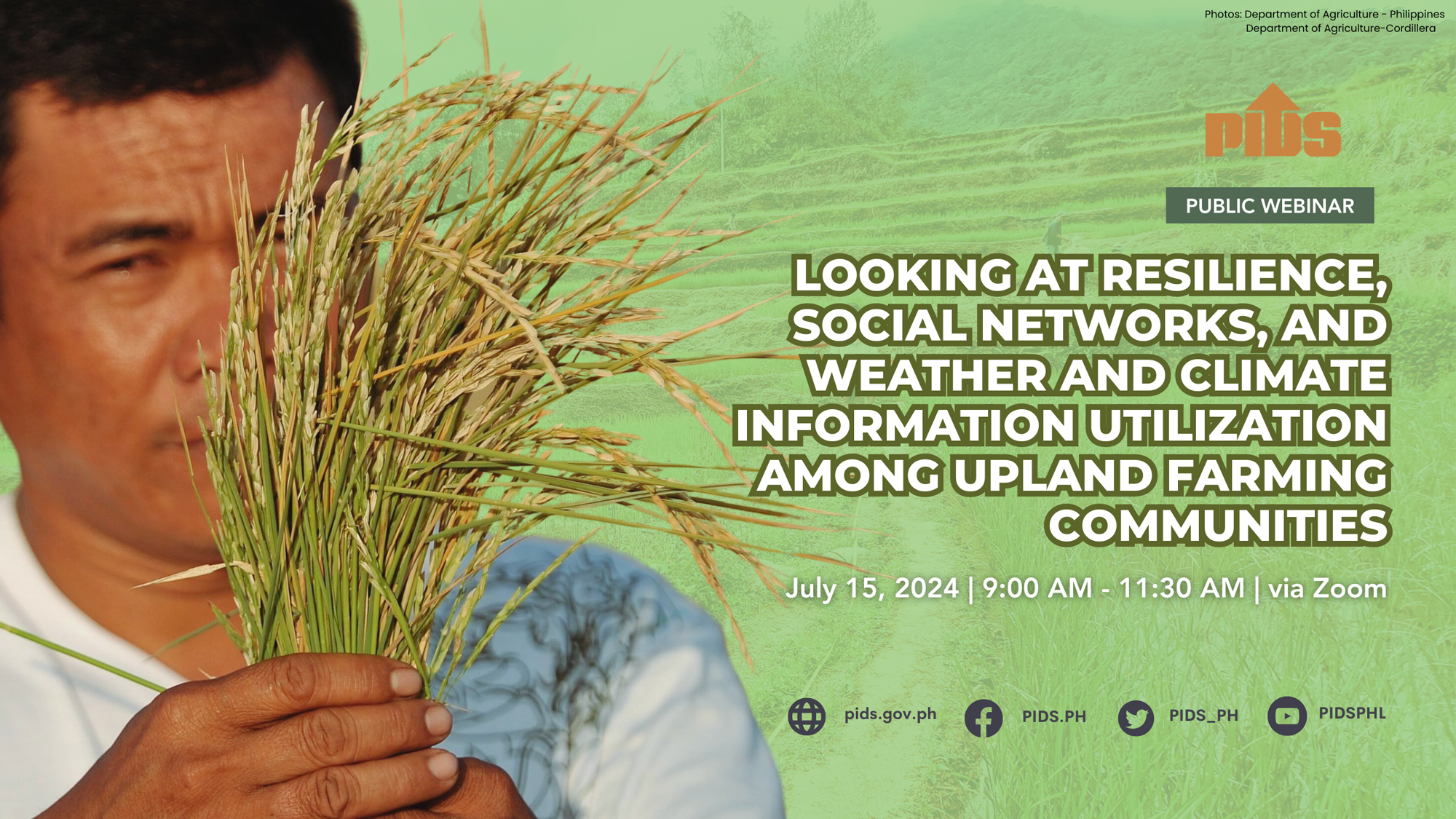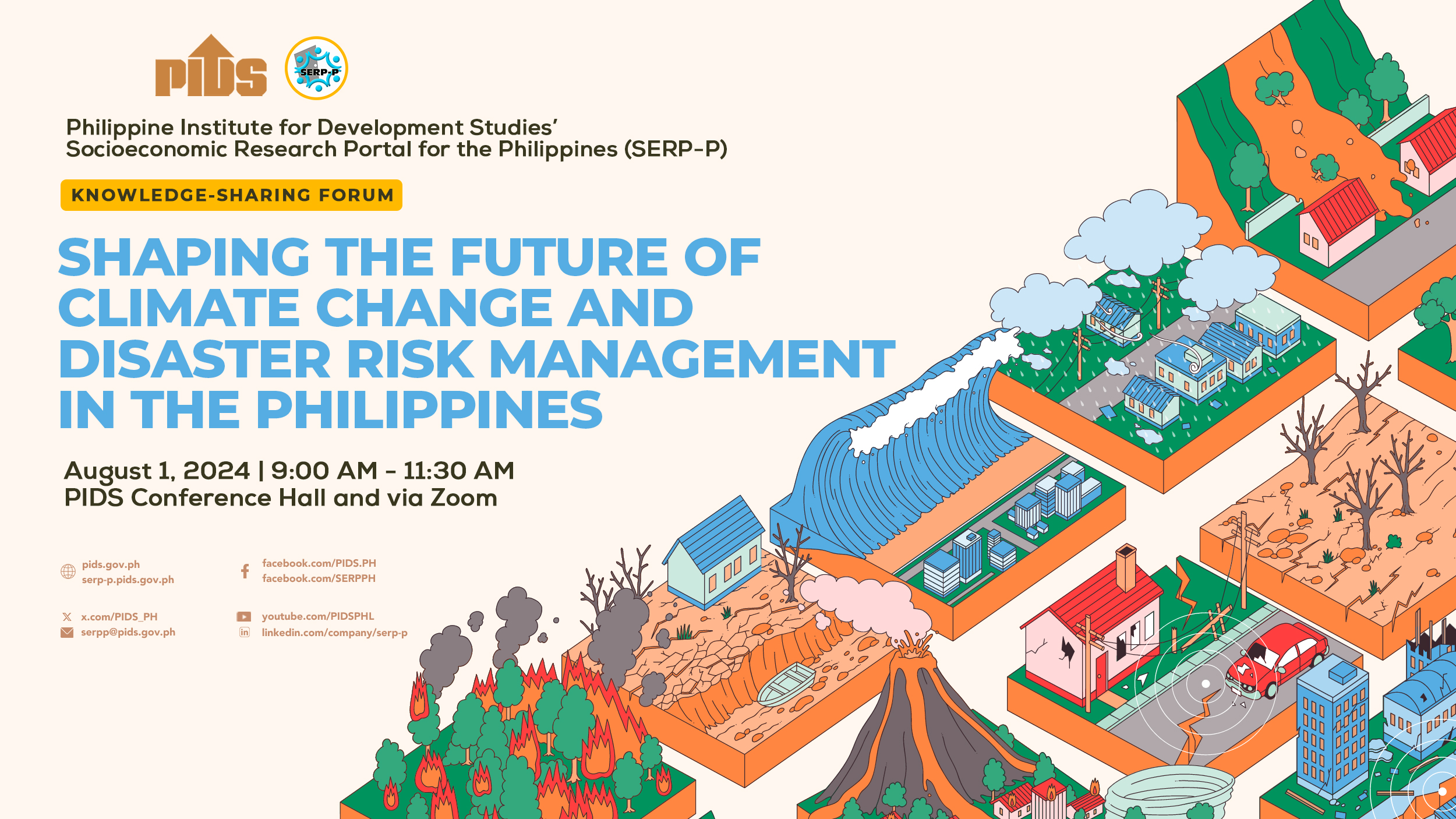The quality of the Philippines’s agriculture data will improve with the use of area frame sampling and remote sensing, according to experts from the Asian Development Bank (ADB).
In an Asian Development Blog, ADB Economic Research and Regional Cooperation Department Associate Statistics Officer Pamela Lapitan and Consultant Anna Christine Durante said better statistics are crucial not only for production but also preparing for extreme weather conditions and climate change.
However, the two experts lamented that the lack of technical capacity in the Philippine Statistics Authority (PSA) prevents the country from tapping into the opportunities presented by both methods.
“So, what’s keeping the Philippines and Vietnam from using these methods? One reason is the lack of technical capacity in government statistical service. The development of the area frame sampling method is a major task that requires investment of technical capabilities and other resources,” Lapitan and Durante said.
“Substantial work is still needed to strengthen the statistical systems and improve the methodologies needed for the use of area frame sampling and remote sensing,” they added.
Lapitan and Durante said area frame sampling is a data collection method that involves the process of segregated land into defined areas while remote sensing often involve global positioning systems (GPS), as well as satellites to gather information.
The authors said remote sensing is considered highly effective due to its versatility, completeness of coverage and accuracy.
They said a recent study showed that area frame sampling methodology significantly improved the level of precision of paddy rice statistics.
This is an advantage, Lapitan and Durante said, compared to existing administrative data collection in most countries. Methods that produce precise results are not usually publicly available while other data collected may even be politically motivated.
“The advances in remote sensing technology hold promise for the development of a complete and updated area frame sampling procedure. While remote sensing served as a prime contributor to the localization and geocoding of sampling units, these advantages are yet to be fully utilized for statistical purposes and ultimately, for policy-making,” Lapitan and Durante said.
In March, the BusinessMirror published a Broader Look piece titled “Fuzzy PH agriculture data leads to glut, confused farm sector” which highlighted the challenges in collecting agriculture data.
In an interview, University of Asia and the Pacific’s Center for Food and Agri Business Executive Director Rolando T. Dy urged the government to adopt modern technologies such as drones and satellite images to collect and validate data.
The use of such equipment, he added, would reduce errors committed by humans in statistical work as they provide opportunities for cross-checking manually gathered data.
Philippine Institute for Development Studies Senior Research Fellow Roehlano M. Briones also told the BusinessMirror that experience and technology are also factors that can spell the difference between good and bad statistics. He said the PSA had to go through years and decades before reaching a certain standard in data collection and processing efforts.
He added that while the PSA has become an independent agency capable of undertaking the task of collecting and processing quality data, there are other practices done by countries that are helping them come up with the data they require.












